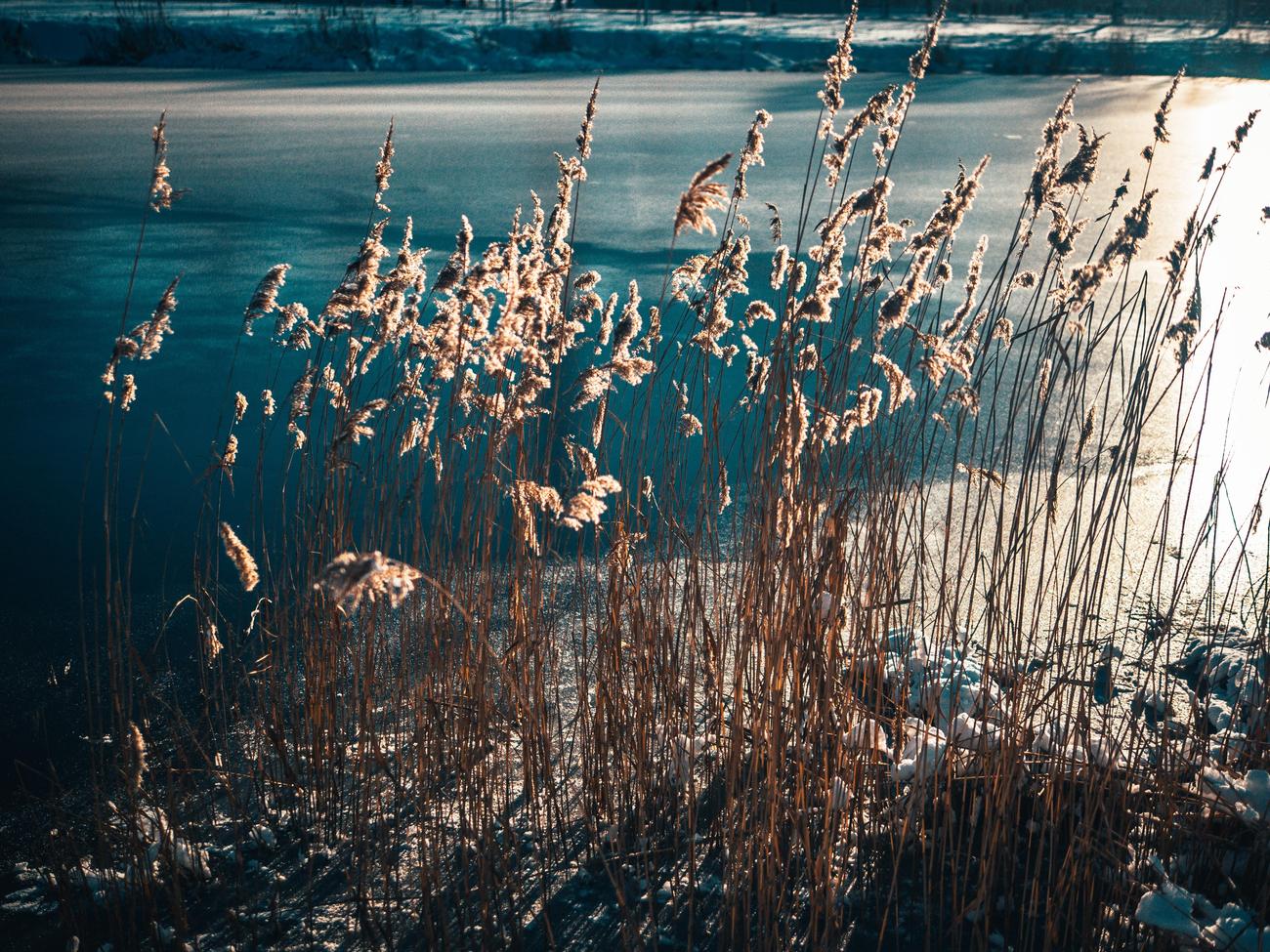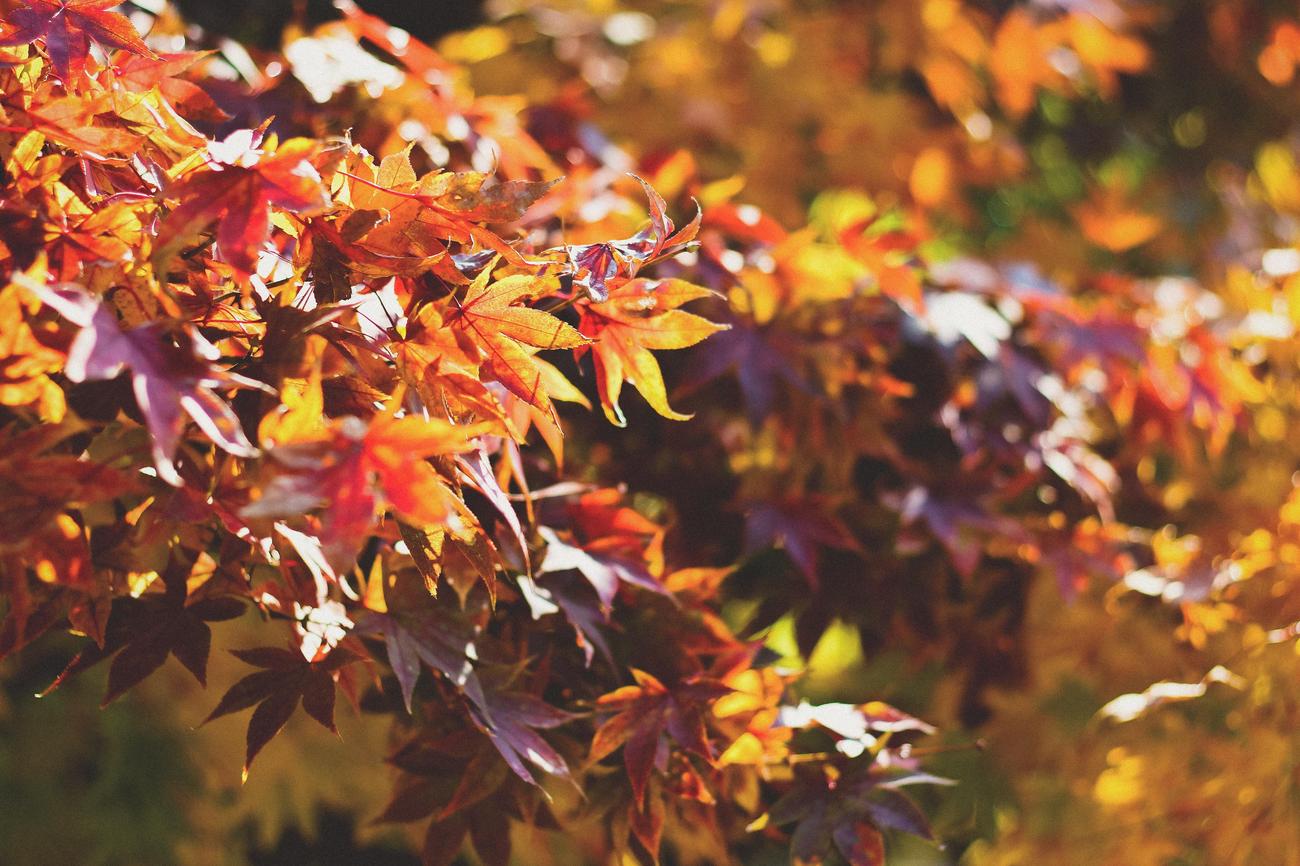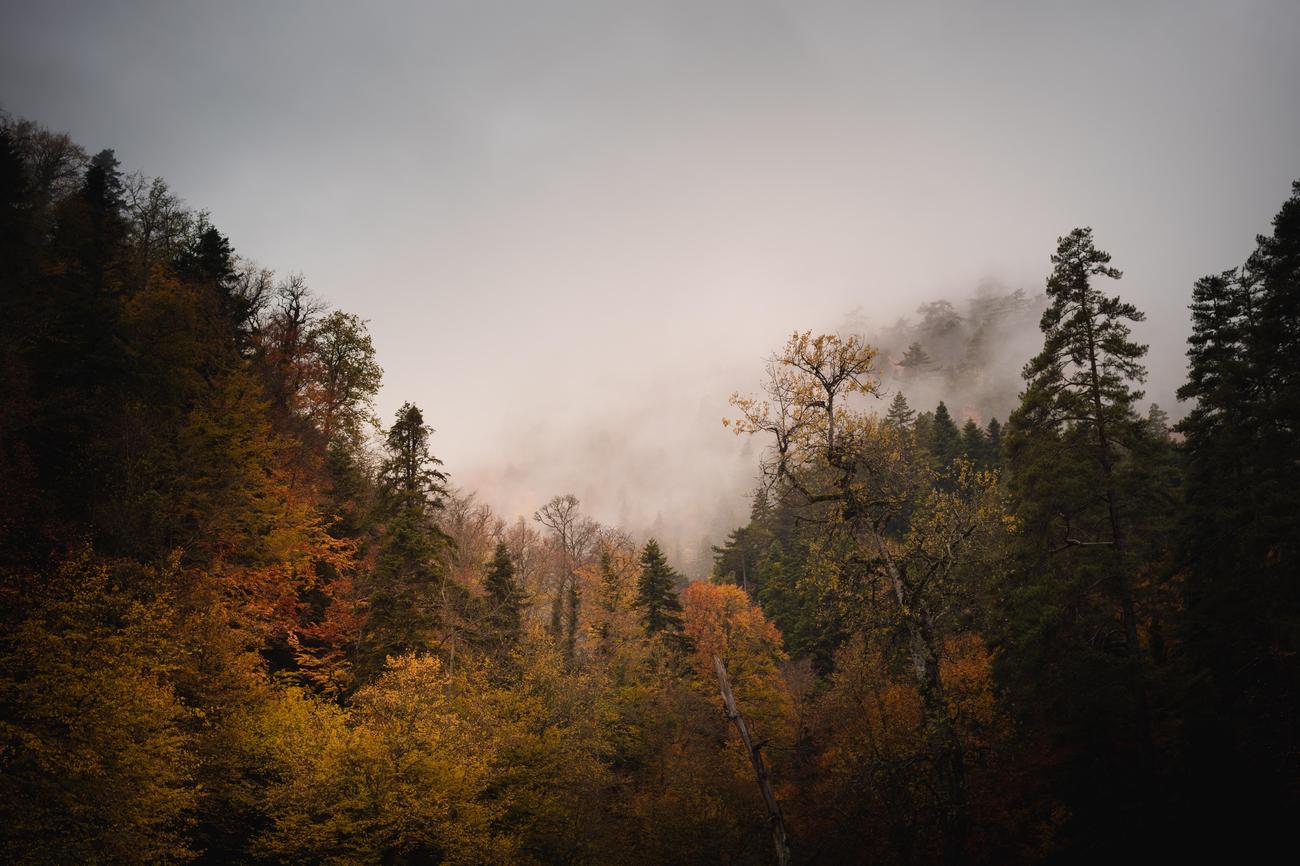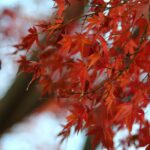Prepare to be dazzled by the enchanting world of maple trees as we embark on a journey to uncover fascinating fun facts about these majestic wonders of nature. In this article, titled “Discover Fascinating Fun Facts about Maple Trees,” we will delve into the intriguing realm of maples and unravel nine captivating insights that will leave you awestruck. As an experienced arborist and nature enthusiast, I have dedicated my life to studying the growth patterns and characteristics of trees, and the maple tree has always held a special place in my heart. Join me on this enlightening adventure as we explore the captivating tales and extraordinary features of these magnificent beauties.

Fun Facts about Maple Trees
Maple trees, with their vibrant autumn foliage and towering presence, have always fascinated nature enthusiasts. Today, we embark on a journey to uncover some captivating fun facts about these majestic trees. So, let’s dive right in and explore the intriguing world of maple trees!
1. The Maple Symphony of Colors
Did you know that most maple trees are deciduous and display a breathtaking array of colors in the fall? From fiery reds to golden yellows and even purples, these trees transform the landscape into a vibrant tapestry of hues. Imagine walking through a forest where every step gives you a front-row seat to nature’s very own kaleidoscope!
2. Samaras: The Unique Seed of Maples
In spring, maple trees produce winged seeds called samaras, which resemble miniature helicopters as they spin gracefully down to the ground. These seeds have an ingenious design, allowing them to catch the wind and travel remarkable distances. Nature never ceases to amaze us with its ingenuity!
3. The Sweet Liquid Gold: Maple Syrup
Ah, the alluring aroma and delectable taste of maple syrup! Did you know that maples produce the best syrup from their sap, particularly the revered sugar maple? Native to North America, this species entices us with its sap’s extraordinary sweetness, which we patiently harvest and process into irresistible syrup. It’s nature’s sweet gift to our taste buds!
4. The Guardians of Time: Ancient Maples
Maple trees can live for hundreds of years, becoming true sentinels of time. From their early stages as delicate saplings to their grandeur as towering giants, these trees witness the passing of generations. Some even outlive us, reminding us of nature’s enduring power. In their presence, we find a connection to the past and a glimpse into the future.
5. A Battle Against Pests and Diseases
Just like any living organism, maples face their fair share of challenges. They are susceptible to diseases, such as anthracnose, and pests like the destructive Asian longhorned beetle. Yet, they persevere, teaching us the resilience and adaptability that nature embodies.
6. Maple Trees: The Multifaceted Allies
Maple trees have numerous uses beyond their visual and culinary pleasures. They are utilized to craft whiskey barrels, create melodic musical instruments, shape sturdy furniture, and even produce the paper on which our thoughts are etched. Nature truly grants us endless possibilities with the gifts it bestows!
Maple trees stand as iconic symbols of beauty, resilience, and versatility. They bless us with breathtaking colors, delicious syrup, and diverse practical applications. As we delve deeper into the captivating world of maples, we realize that their allure extends far beyond their awe-inspiring appearance.
Let us continue on this enriching journey, uncovering even more fascinating fun facts about maple trees!
Fun Facts About Maple Trees
Maple trees are incredibly fascinating, and there is so much to discover about these majestic wonders of nature. Did you know that maple trees have been a symbol of love for centuries? Yes, you heard that right! The maple leaf, with its intricate design and vibrant colors, is often associated with love and romance. But that’s not all there is to it. Maple trees are also considered a symbol of luck and good fortune. So, if you want some positive vibes in your life, having a maple tree nearby might just do the trick!
One interesting fact about maples is that they are native to North America, with Canada being especially famous for this beautiful tree. In fact, Canada even has the maple leaf as its national symbol! The maple tree has become so iconic in Canadian culture that it is deeply ingrained in their history, art, and even their choice of food. Maple syrup, anyone?
But the allure of maple trees goes beyond their symbolism and cultural significance. These trees have numerous benefits as well. For starters, maples provide us with stunning autumn foliage that dazzles us with hues of red, orange, and yellow. It’s a breathtaking sight that attracts tourists from around the world.
On top of that, maple wood is highly prized for its durability and beauty. It is commonly used in furniture, flooring, and even musical instruments. And let’s not forget about the delicious maple syrup that is derived from the sap of these trees. It’s not only a delectable addition to pancakes but also contains essential minerals and antioxidants that offer various health benefits.
Now that you know some fun facts about maple trees, why not delve deeper into the wonders they hold by exploring more about them? Click here to discover more interesting facts about maples: What is an interesting fact about maples?. You’ll be amazed at what you’ll learn about these captivating trees!
Source: What is special about maple leaves?
So, give yourself a little dose of luck and love by immersing yourself in the intriguing world of maple trees. Discover why these trees are so famous and learn about the symbolism they hold. Click here to find out: Why is maple famous? and What does a maple tree symbolize?.
If you’re curious about which country is most famous for maple trees and want to explore more about its significance, click here: Which country is famous for maple tree?. You’ll be amazed at the cultural significance and love people have for these trees!
And if you’re wondering why a maple leaf is associated with love, dive deeper into its romantic symbolism here: Why is a maple leaf a symbol of love?. Let the enchanting world of maple trees captivate your heart!
Furthermore, if you want to explore more about the luck and good fortune that maple trees are believed to bring, click here: Are maple trees good luck? and What does the maple mean in love?. Discover the magical qualities that these trees possess.
Lastly, if you’re still curious about other types of lucky trees, click here: What is the luckiest tree?. Uncover the fascinating beliefs and traditions surrounding trees that are believed to bring good luck.
Not only are maple trees stunning and imbued with symbolic meaning, but they also offer practical benefits. Click here to learn more about what maple trees are good for: What is maple good for? and What are the benefits of a maple tree?. You’ll be amazed at the versatility and value that these magnificent trees bring to our world.
So, embark on a mesmerizing journey into the world of maple trees, where love, luck, symbolism, and natural beauty intertwine. Click on the links above and prepare to be captivated by the wonders of these incredible trees!
9 Interesting Facts About Maples
Maple trees, with their enchanting beauty and remarkable characteristics, have captivated nature enthusiasts for centuries. As an experienced arborist and nature lover, I have curated nine fascinating facts about maples that will leave you in awe of these majestic trees. Join me on this enlightening journey as we uncover the hidden wonders of maples.
1. Ancient Trees Standing the Test of Time
Imagine standing in the presence of living relics that have witnessed the passage of millions of years. Maples are ancient trees, dating back to at least 100 million years ago. These arboreal timekeepers have gracefully evolved to become the pillars of our landscapes, adding depth and beauty to their surroundings. When you admire a maple, remember that you are gazing at a living piece of history.
“Maple trees are extraordinary beings that have witnessed the unfolding of countless generations, standing tall as guardians of our natural heritage.”
2. A Symphony of Sizes and Shapes
Maples flaunt an incredible range of sizes, making them truly diverse in nature. From delicate bonsai trees, flourishing as miniature masterpieces, to towering giants towering at heights of 150 feet, maples showcase nature’s boundless creativity. Each maple species effortlessly carves its own unique silhouette, enriching the landscape with its distinctive charm.
“Maples, like artists, use their branches to paint a myriad of shapes and sizes upon the canvas of our world, ensuring that no two are ever alike.”
3. Nature’s Multi-Colored Canvas
In the enchanting season of fall, as nature dons its resplendent hues, maples emerge as stars of the show. With their broad, palmate leaves, maples transform into stunning autumnal masterpieces, painting the landscape in vibrant shades of red, orange, and yellow. As you wander through the golden foliage, remember to pause and appreciate the maples’ vibrant contribution to this kaleidoscope of colors.
“In the fleeting beauty of the fall season, maples become the artists, crafting the masterpiece of nature with their fiery leaves, igniting the world with their vibrant hues.”
4. Master Syrup Producers
When it comes to sweet indulgence, maples lead the way with their extraordinary sap production. Did you know that it takes about 40-50 gallons of sap to produce just one gallon of delectable maple syrup? This labor-intensive process reveals the maple tree’s generous spirit, as it graces our breakfast tables with a golden syrupy delight. Next time you savor that maple syrup drizzled pancake, give a nod to the hardworking maples behind this sweet treat.
“Maples, the generous benefactors of the breakfast table, gift us with their liquid gold, pouring their essence into our favorite maple syrup.”
5. Guardians of Time
As testament to their resilience, maples have a remarkable lifespan under the right conditions. With proper care and nurturing, these wise trees can live for 300 years or more, providing a sense of continuity and permanence to the landscapes they inhabit. Maples, with their enduring presence, remind us that some things transcend time, anchoring us to nature’s everlasting embrace.
“Maples, the wise sentinels of our world, stand unwavering throughout the ages, bearing witness to the ebb and flow of time itself.”
6. Supporting the Buzz of Life
In their magnanimous nature, maples support vital ecosystems, playing an important role in sustaining bee populations. With their vibrant flowers blooming in hues of red, yellow, orange, and green, maples beckon bees with a symphony of colors. As bees busily gather nectar from maple flowers, they unknowingly embark on a mission of pollination, ensuring the continued growth and diversity of our natural world.
“Maples, ever the gracious hosts, invite bees to a colorful feast, serving as the lifeblood of pollinators and nurturing the circle of life.”
7. Ancient Origins and Global Reach
Maple trees, members of the Aceraceae family, boast an extensive global presence. Native to Asia, Europe, northern Africa, and North America, these trees have seamlessly integrated themselves into various ecosystems across the world. From the tranquil landscapes of Japanese gardens to the vibrant forests of Canada, maples weave their tales of resilience and beauty wherever they grow.
“Maples, the global ambassadors of nature’s grandeur, share their stories of endurance and grace, uniting landscapes across the continents.”
8. A Musical Partnership
Maple trees extend their influence beyond the realm of nature, leaving their mark in the world of music. Renowned as a “tonewood,” maple possesses exceptional acoustic properties that make it highly sought-after in the crafting of musical instruments. From the sweet melodies of violins to the soulful rhythm of guitars, maple’s resonance resonates with musicians and listeners alike, enriching the symphony of life.
“Maples, the maestros in the orchestra of nature, lend their resonant spirit to the world of music, creating harmonies that resonate with every note played.”
9. Cultural Celebrations of Maple Beauty
Lastly, we delve into the cultural tapestry woven around maples. In Japan, a custom called “momijigari” celebrates the changing of maple leaves in the fall. Families and friends gather in serene settings to witness the mesmerizing dance of red and gold leaves, immersing themselves in nature’s grand spectacle. This tradition reminds us of the enduring connection between humans and maples, where appreciation for nature’s wonders transcends cultural boundaries.
“Maples, the inspirations behind tradition and celebration, invite us to embrace the beauty of their changing leaves, uniting us in wonder, wherever we may be.”
So there you have it, nine fascinating facts that unveil the wonders of maples. From their ancient lineage to their generous sap production, these trees continue to enrich our lives and landscapes. As you wander through forests or admire a gracefully aging maple, remember the stories and secrets that these majestic trees hold, inviting you to explore the captivating world of nature’s wonders.
13 Fascinating Facts About Maple Trees
[youtube v=”44G-Qq9U8aQ”]
Maple Trees: Nature’s Masterpiece
Maple trees are renowned for their beauty, resilience, and practical uses. In this article, we will explore 13 captivating facts about these magnificent trees that you may not know.
1. The Emblem of Canada
Maple trees hold a special place in Canadian history and culture. While the maple leaf has long been a symbol of Canada, it wasn’t until April 25th, 1996, that the maple tree officially became Canada’s national symbol.
Quote: “While the maple leaf has a long history as the national symbol for Canada, it wasn’t until 1996 that the maple tree itself became the official tree emblem.”
2. Versatile and Strong
Maple wood’s strength and durability make it ideal for a variety of applications. From furniture and baseball bats to bowling pins and pool cue shafts, maple is the material of choice due to its exceptional strength and resistance to wear and tear.
Quote: “Different types of furniture, sports equipment, and even butcher’s blocks are often made from maple trees because of their impressive strength and durability.”
3. A World of Diversity
There are over 128 species and thousands of varieties of maples in the world, primarily found in the northern regions. Each species and variety boasts unique characteristics, from the classic sugar maple to the graceful Japanese maple.
Quote: “There are 128 species and thousands of varieties of maples, each with its own distinctive features and qualities, adding to the diversity of these remarkable trees.”
4. Embracing the Cold
Maple trees are well adapted to colder climates. They germinate best in temperatures at or below 1 degree Celsius (34 degrees Fahrenheit). Their ability to thrive in cold weather explains why they are commonly found in northern regions.
Quote: “Maple trees thrive in cold weather, with temperatures as low as 1 degree Celsius being ideal for their germination and growth.”
5. An Ageless Sentinel
The lifespan of a maple tree can range from 100 to 400 years, depending on the species. However, some exceptional specimens, such as the Comfort Tree in Ontario, Canada, have surpassed the 500-year mark.
Quote: “Maple trees can live for several centuries, with some remarkable examples like the Comfort Tree, estimated to be over 500 years old, serving as true sentinels of time.”
6. Tapping Nature’s Sweetness
Maple syrup, renowned for its rich flavor, has been produced for centuries. Native Americans were the first to tap the sugar maple sap and create this liquid gold. Today, maple syrup remains one of the most popular and beloved products derived from maple trees.
Quote: “Maple syrup has a long history, dating back to Native Americans who first produced it using the sap of sugar maple trees. Its delicious taste and versatility have made it a cherished natural sweetener.”
7. The Art of Changing Colors
Come autumn, maple trees transform into dazzling spectacles of color. Their leaves change from vibrant green to an array of stunning shades, including yellow, orange, and red, creating a breathtaking landscape that draws visitors from all over the world.
Quote: “In the fall, maple trees captivate us with their brilliant display of colors, as their leaves transition from lush green to vibrant yellows, oranges, and reds, painting the world in a striking palette.”
8. A Paperless Partnership
Maple trees play a vital role in the paper industry. Their wood is highly valued for its excellent printing properties, making it a preferred choice for crafting various types of paper.
Quote: “Maple trees contribute to the paper industry, as their wood possesses remarkable printing properties that make it ideal for producing high-quality paper.”
9. Nature’s Symphony
When autumn arrives, maple trees not only engage our visual senses but also serenade us with a symphony of sound. As the wind rustles through the leaves, we are treated to a soothing melody that enhances the seasonal experience.
Quote: “In addition to their visual splendor, maple trees create a serene soundscape in autumn, as the wind gently rustles through their leaves, producing a soothing symphony.”
10. Environmental Contributors
Aside from their aesthetic appeal, maple trees offer essential benefits to the environment. Their flowers provide nectar for bees, supporting vital pollination efforts and contributing to the overall health of ecosystems worldwide.
Quote: “Maple trees play a crucial role in supporting bee populations by providing them with nectar from their flowers. This helps in pollination, benefiting the environment and fostering biodiversity.”
11. Giants of Acoustic Artistry
Maple wood is highly prized in the world of musical instruments. Its exceptional acoustic properties make it the preferred choice for crafting guitars, violins, and pianos, enriching our lives with the timeless beauty of music.
Quote: “The acoustic properties of maple wood make it highly sought after in the crafting of musical instruments, such as guitars, violins, and pianos, enhancing the sound quality and creating instruments of unparalleled beauty.”
12. Ancient Witnesses
Maple trees have stood the test of time. Fossil records show that maples have been around for over 100 million years, encompassing vast periods of Earth’s history and bearing witness to the evolution of our planet.
Quote: “With a history dating back over 100 million years, maple trees are ancient witnesses to the rich tapestry of Earth’s history, leaving an indelible mark on our planet.”
13. Celebrating Nature’s Wonder
The remarkable maple tree continues to captivate us with its beauty and significance. From its spectacular colors in the fall to its sweet gift of maple syrup, this tree reminds us to cherish and celebrate the wonders of the natural world.
Quote: “Maple trees are a source of wonder and inspiration, reminding us of the beauty and importance of nature. They invite us to celebrate their exquisite colors, savor their sweet maple syrup, and marvel at their enduring presence in our lives.”

FAQ
Question 1
What is the significance of maple trees in Canadian culture?
Answer 1
Maple trees hold great cultural significance in Canada. The iconic maple leaf is featured prominently on the country’s flag, symbolizing unity, peace, and tolerance. Maple syrup, derived from the sap of maple trees, is widely celebrated and enjoyed in Canadian cuisine, especially during the annual maple syrup festival. Additionally, the vibrant colors of maple leaves during the fall season contribute to the beauty of the Canadian landscape.
Question 2
What is the process of tapping a maple tree for syrup?
Answer 2
Tapping a maple tree for syrup involves drilling a small hole into the tree trunk, usually around 2 to 2.5 inches deep. Then, a spout or tap is inserted into the hole, allowing the sap to flow into a collection container, such as a bucket or plastic tubing system. The sap is collected and subsequently boiled down to evaporate the excess water, resulting in the production of rich and flavorful maple syrup.
Question 3
How long can a maple tree live?
Answer 3
Under favorable conditions, maple trees can live for several hundred years. Some species have been known to survive for 300 years or more. The longevity of maple trees is influenced by factors such as proper care, disease resistance, and environmental conditions.
Question 4
What are the common diseases and pests that affect maple trees?
Answer 4
Maple trees are susceptible to various diseases and pests. One common disease is anthracnose, which causes leaf spots and cankers. Another notable threat is the Asian longhorned beetle, an invasive species that damages the tree by boring into the wood. Other pests include aphids, scale insects, and caterpillars. Regular monitoring and appropriate tree care practices can help mitigate these issues.
Question 5
What are the different uses of maple wood?
Answer 5
Maple wood is valued for its strength, durability, and attractive grain patterns. It is commonly used in the production of whiskey barrels, musical instruments like guitars and violins, furniture, and high-quality paper. The acoustic properties of maple make it a popular choice for creating tonewoods used in musical instrument construction.
- Unlock Water’s Symbolism: A Cross-Cultural Exploration - April 20, 2025
- Identify Black and White Snakes: Venomous or Harmless? - April 20, 2025
- Unlocking Potential: Origins High School’s NYC Story - April 20, 2025















